ABB UNITROL 1000-15 (3BHE014557R0003) Technical Parameters and Functions
The ABB UNITROL 1000-15 (Order Code: 3BHE014557R0003) is a microprocessor-based automatic voltage regulator (AVR) designed for precise control of synchronous generators, exciter systems, and industrial applications requiring advanced excitation control. Below is a detailed overview of its technical specifications and functionalities:
1. Key Technical Parameters
Input/Output Specifications
- Input Voltage Range:
- Generator Terminal Voltage: Typically 100–690 V AC (phase-to-phase), configurable via settings.
- Frequency Range: 45–65 Hz (adaptable to generator frequency).
- Auxiliary Power Supply: 24–48 V DC or 110–230 V AC/DC (dependent on configuration).
- Output (Excitation Current):
- Continuous Current Rating: Up to 15 A DC (for field winding excitation).
- Short-Time Overload Capacity: 20 A DC for 30 seconds.
Control and Performance
- Voltage Regulation Accuracy: ±0.5% of setpoint under steady-state conditions.
- Response Time: <50 ms for voltage deviations.
- Control Algorithms: PID-based with adaptive tuning for dynamic stability.
Environmental Ratings
- Operating Temperature: -25°C to +55°C.
- Storage Temperature: -40°C to +85°C.
- Humidity: Up to 95% non-condensing.
- Protection Class: IP20 (for panel mounting; higher protection with optional enclosures).
Communication Interfaces
- Standard Protocols:
- Modbus RTU (RS-232/RS-485).
- CANopen (for integration with PLCs and SCADA systems).
- Optional Protocols: IEC 61850, Profibus DP.
- HMI Integration: Local control via LCD interface or remote via software tools (e.g., ABB’s Toolkit or Composer).
2. Core Functions and Features
Voltage and Reactive Power Control
- Automatic Voltage Regulation (AVR): Maintains generator terminal voltage within tight tolerances, even under varying load conditions.
- Reactive Power Compensation: Supports parallel generator operation with reactive power droop control for load sharing.
- Power Factor Control: Adjusts excitation to maintain a user-defined power factor.
Excitation System Management
- Field Current Limiting: Protects the exciter and rotor windings from overcurrent.
- Under-Excitation Limiter (UEL): Prevents generator instability during leading power factor operation.
- Over-Excitation Limiter (OEL): Safeguards against rotor overheating.
Protection and Diagnostics
- Built-in Protections:
- Over/under voltage.
- Over/under frequency.
- Loss of excitation (LOE).
- Field ground fault detection.
- Rotor temperature monitoring (via PT100 inputs).
- Self-Diagnostics: Continuous monitoring of hardware and software integrity with alarm logging.
Advanced Control Modes
- Modes of Operation:
- AVR Mode: Standard voltage regulation.
- FCR (Field Current Regulation) Mode: Direct control of excitation current.
- PF/var Mode: Reactive power or power factor-based control.
- Black Start Capability: Supports generator start-up in islanded grids.
User Interface and Programmability
- LCD Display: 4-line graphical interface for real-time monitoring (voltage, current, active/reactive power, alarms).
- Parameterization: Customizable setpoints, limits, and curves via front panel or software.
- Event Logging: Stores up to 1,000 time-stamped events for fault analysis.
Compatibility
- Exciters: Compatible with both static and brushless excitation systems.
- Generators: Suitable for hydro, gas, diesel, or steam turbine-driven generators up to 100 MVA.
3. Applications
- Power Generation: Hydroelectric plants, thermal power stations, diesel gensets.
- Industrial: Grid synchronization, process industries with captive power units.
- Renewables: Backup control for hybrid solar/wind-diesel systems.
4. Advantages
- High Reliability: Dual redundant power supplies and fail-safe design.
- Flexibility: Scalable for retrofitting older systems or new installations.
- Cybersecurity: Optional password protection and role-based access control.



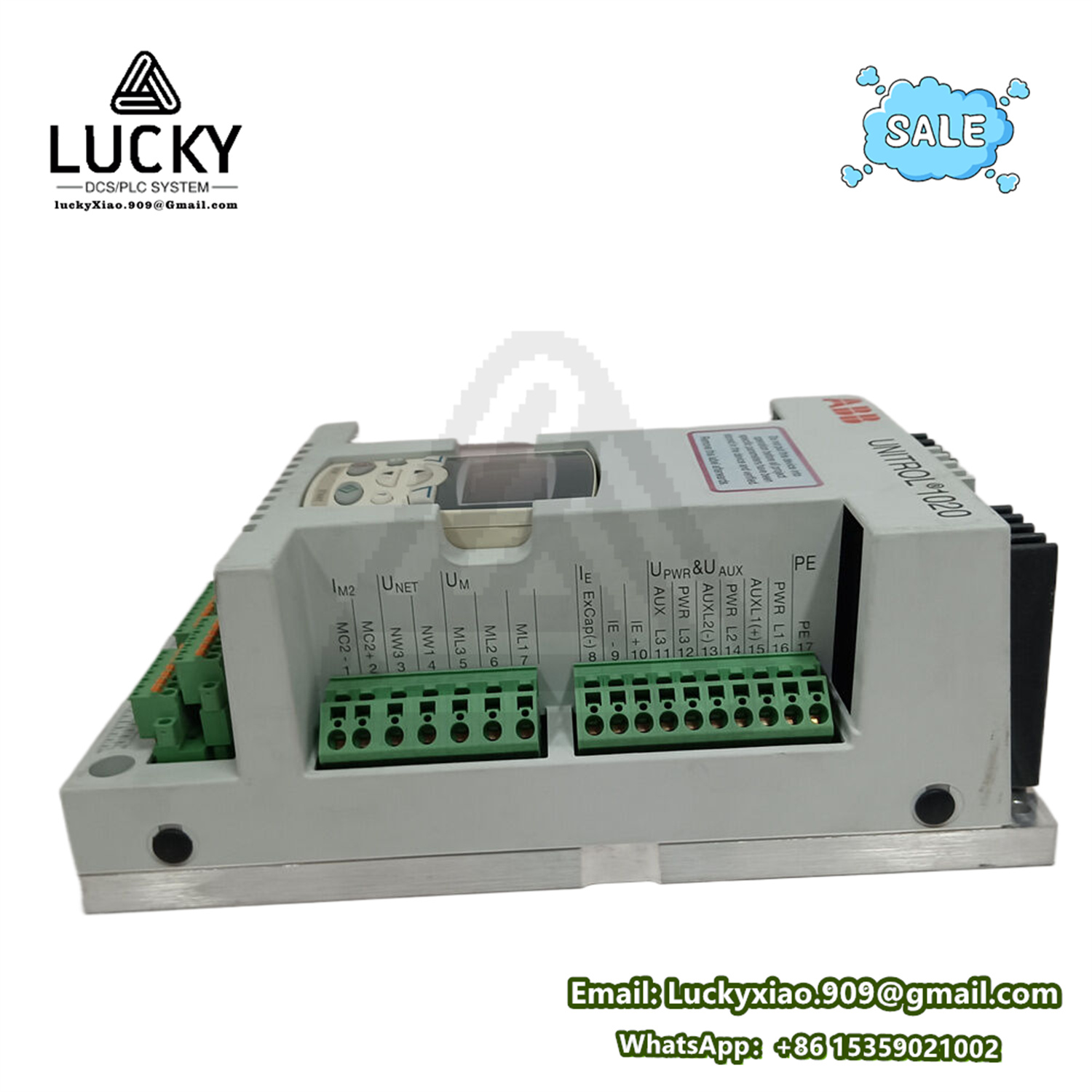
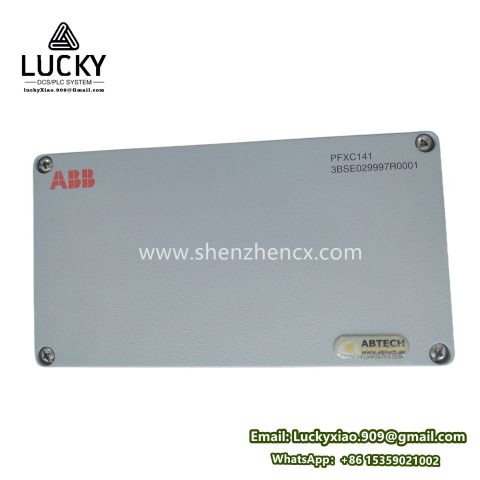
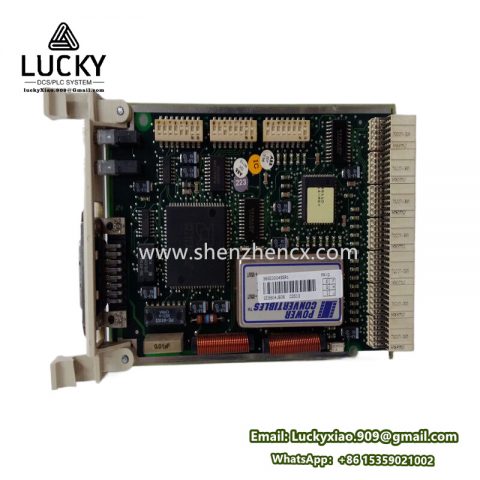
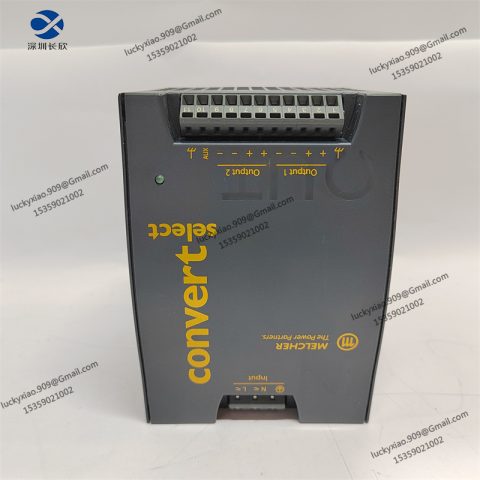
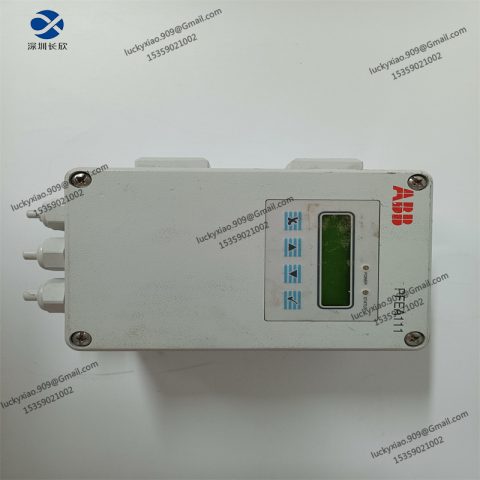
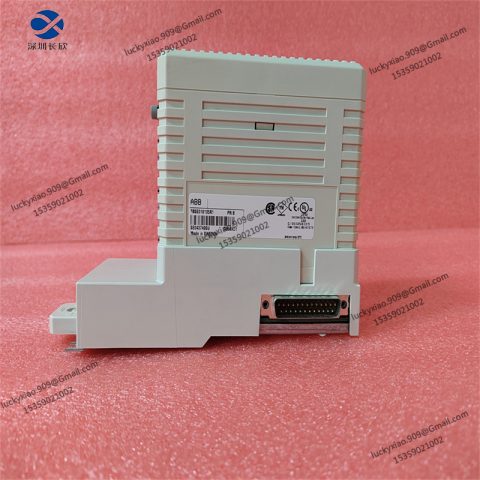
-480x480.png)
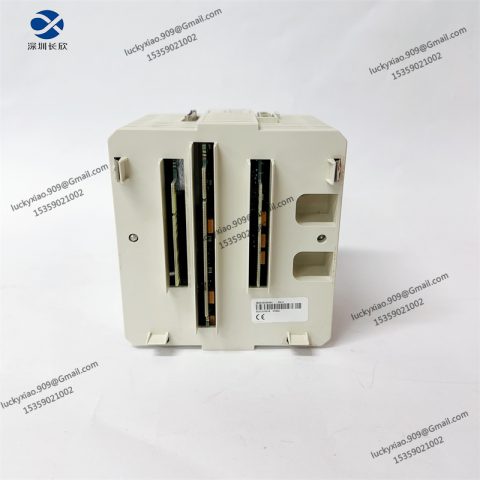
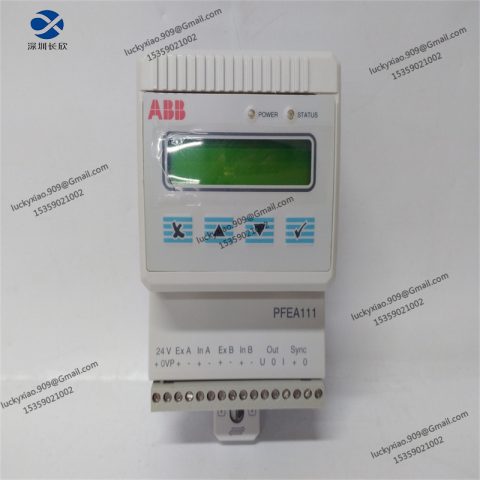
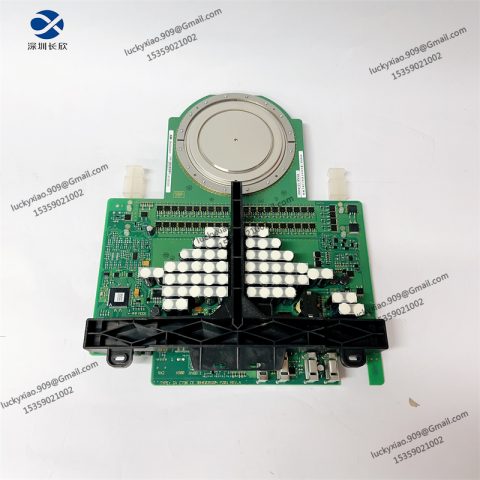
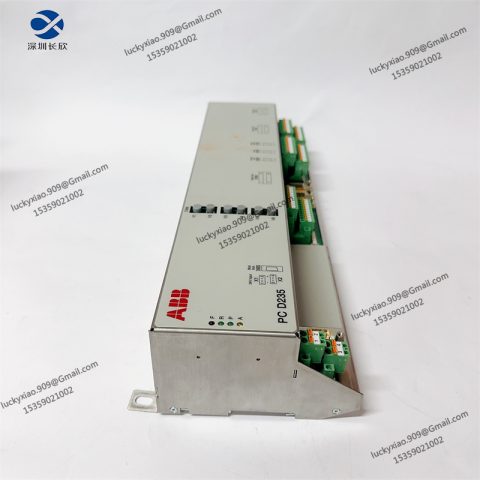
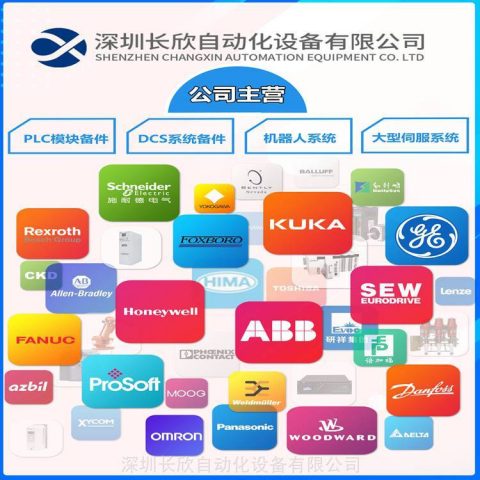
There are no reviews yet.